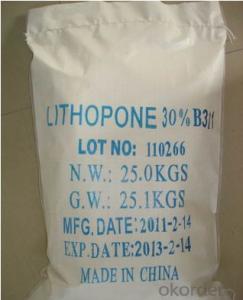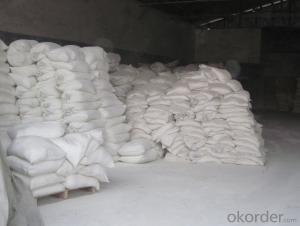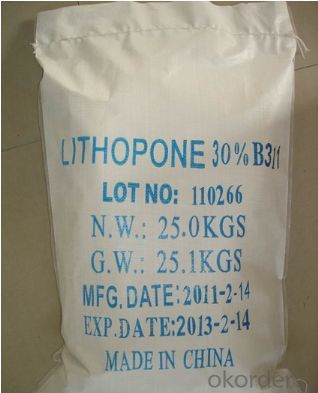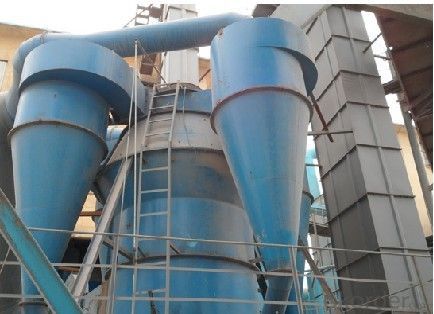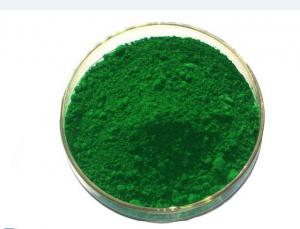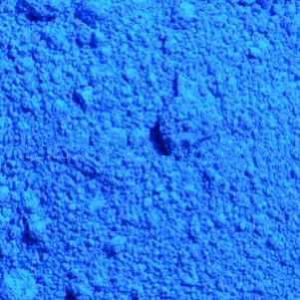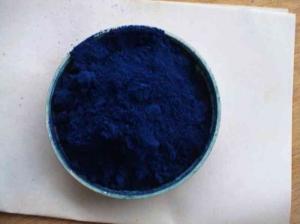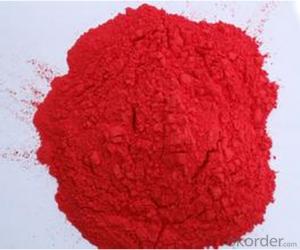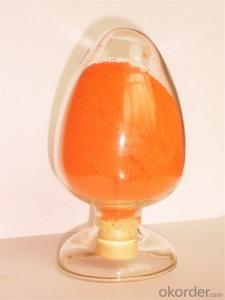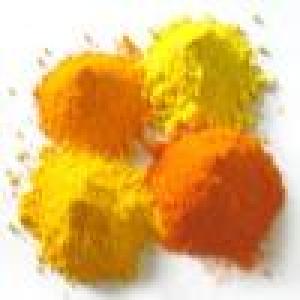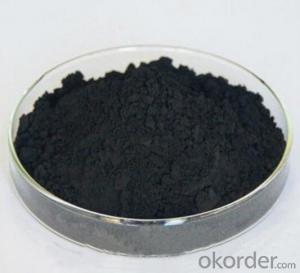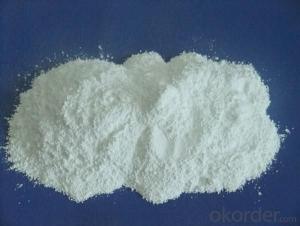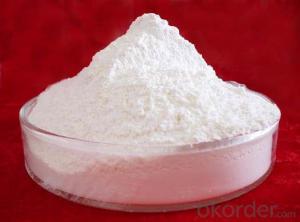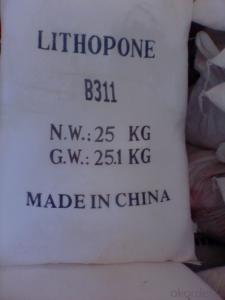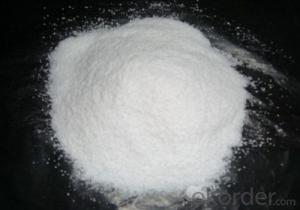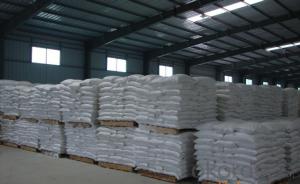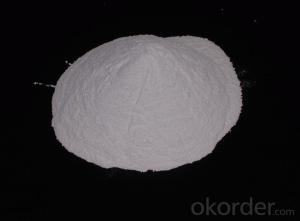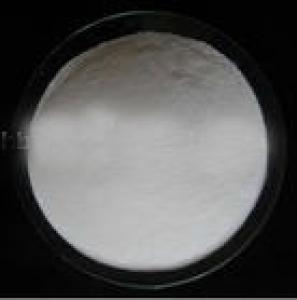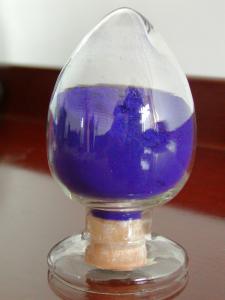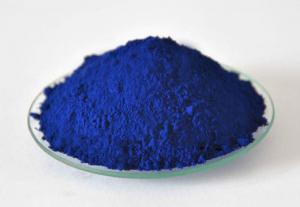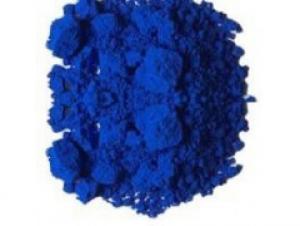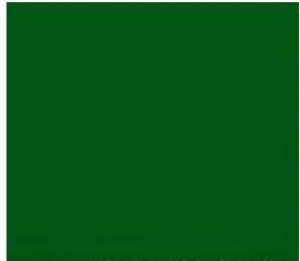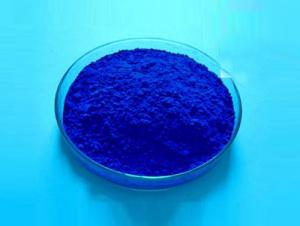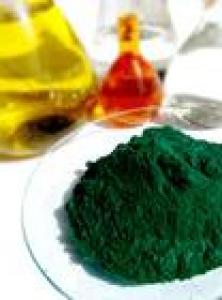Lithopone 28%-30% For Paint &Coating manufacturer direct sell
- Loading Port:
- Tianjin
- Payment Terms:
- TT OR LC
- Min Order Qty:
- 20 m.t.
- Supply Capability:
- 2000 m.t./month
OKorder Service Pledge
OKorder Financial Service
You Might Also Like
Specifications
white powder pigment Lithopone 28%-30% for paint &coating
1 Timely delivery
2 High quality with best price
3 ISO&SGS qualifed
White Powder Pigment Lithopone 28%-30% For Paint &Coating
Characteristics:
High whiteness lithopone is a kind of new-style nontoxic, green, non- pollution lithopone, adopt unique nano technology production, coated by Silicon & Aluminum with characteristic resistance to acid and alkali, higher weathetability, nice optical performance, high whiteness and temperature resistant, strong hiding power and reducing power to prevent from yellow.
White Powder Pigment Lithopone 28%-30% For Paint &Coating
Applications:
Widely used in all paint coating papermaking, printing, ink, medium and low-grade paint coating can be instead of the alternative of titanium dioxide pigment.
White Powder Pigment Lithopone 28%-30% For Paint &Coating
Specification:
Test Project | Standard index value |
Antholeucin & BaSO4 % (m/m) ≥ | 99 |
ZnO% (m/m) ≤ | 0.3 |
105°C Volatile% (m/m) ≤ | 0.3 |
Water soluble % (m/m) ≤ | 0.3 |
Sieve residue (63μm mesh)% (m / m) ≤ | 0.1 |
Color (compare with standard sample) | Excel |
Alkali of the water extract | Neutral |
Oil absorption (g/100g) ≤ | 10 |
Color power consumption (with standard sample)% ≥ | 105 |
Conceal ability (contrast ratio) | Not Lower than 5% standard |
White Powder Pigment Lithopone 28%-30% For Paint &Coating
Notes:
Careful load and unload, be care not pollute or torn the package, avoid rain and insolation during transportation.
White Powder Pigment Lithopone 28%-30% For Paint &Coating
Store:
Store in ventilated and dry places, pile less than 20 tiers, keep away from goods that can effect the quality of the goods, against damp.
White Powder Pigment Lithopone 28%-30% For Paint &Coating
Package:
PP woven bag, paper bag net 25 kg, 500 kg, 1000 kg etc, also can be negotiated with the client.
White Powder Pigment Lithopone 28%-30% For Paint &Coating
packing & shipping terms:
Trade
| MOQ | 1 Ton | |
| Price | ||
| Port | Xingang Port, China | |
| Payment | L/C,T/T | |
| Supply Ability | 4000 Tons/Month | |
| Payment Terms | Sample | 3-5 Working Days |
| Lithopone | Within 15 Working Days | |
| Packaging | 25 or 50kg/woven bag or kraft paper or upon request | |
| Shipping | By Sea,Air | |
White Powder Pigment Lithopone 28%-30% For Paint &Coating
why choose us:
1. We are factory.we can guarantee production
2. High quality product
3. Considerate service
4. Efficient work and best quality
5. Products can be custom-made
6. Professional marketing team
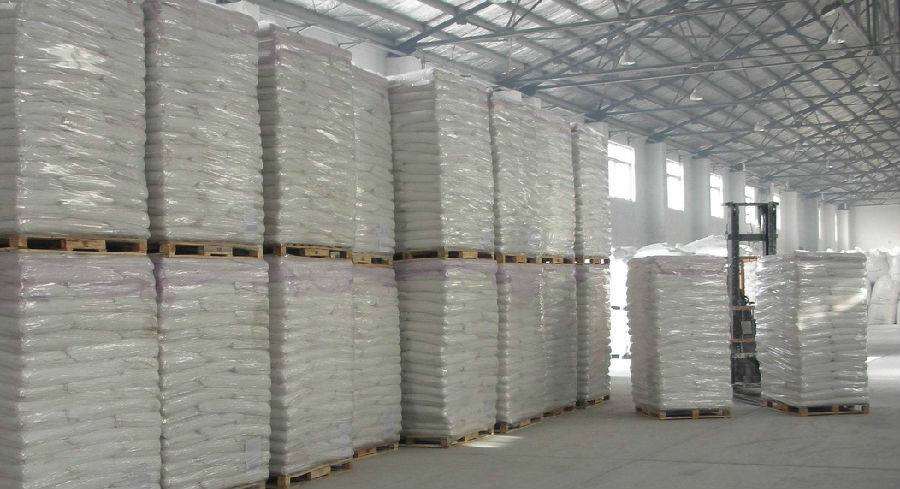
- Q: okay so I have always used all the cheap makeup and I am sick of it! I was wondering if mac pigments will give me a lot of color without having to use half of the container. Most eyeshadows look nothing like they are supposed to on me. they are like 100 times lighter. I have seen beautiful things done with the pigments but they look like they could get everywhere really easy. will they give me vibrant color without getting all over?
- Mac okorder it's only $0.99 a for either kind for .06 oz, you just need to use a eye primer for the best color results ( same as mac when using primer see you tube videos on NYX vs MAC pigments for proof). Plus cherryculture has numerous other makeup brands for dirt cheap. Hope this helps. Also all pigments should be applied with a slightly damp brush and a primer for the hugest impact. Used alone they are sheer and end up all over your face. If brush is dampened with no primer used on the eye they work ok but you get a lot of creasing, and it still won't be that dramatic look you are wanting. I realized this after major internet searching and trial and error, because I was upset I paid so much for the HIP pigment and it just wasn't staying put nor was it showing up. So again hope this helps.
- Q: what is the relationship between chlorophyll a, accessory pigment?
- Sativa- uplifting, high, trippy, baked out of your gourd, ****** up, spacy Indica- passing out, baked, stoned, sleepy, couchlock, retarded, weird dreams
- Q: can pigment ink be used to tattoo?
- Pigment ink? Tattoo ink is pigment ink. Printer ink is pigment ink. Crayola markers are pigment ink. It all comes down to what it's manufactured for and whom is doing the manufacturing. Reputable shops use certain brands of tattoo ink for a reason. Using something not made for the human body at all makes for an ugly tattoo and can cause infections or other problems seeing as nothing in it's manufacturing process is sanitary or compatible with use in skin.
- Q: I know the difference between the two, but which do you prefer? Which has a better color payoff? And, which do you own more of?
- The pigment has a BETTER pay off. I prefer eyeshadow for everyday and pigment for special occasions or going out at night! I own more e/s
- Q: Hi what is pigment?i went on mac cosmetics and they sell all different kinds of stuff called pigment. I want to use it to make lip gloss but is it safe for my lips?please answer soon!
- the pigment on MAC that you were looking at is like loose eyeshadow. it's essentially coloured powder and it can be used for many different things- including in lip-gloss. it is perfectly fine to use on your lips, and using MAC is a good choice, as they have some of the best pigments I've come across.
- Q: how exactly do pigments work? i know that they absorb every color except the one that we see, but what are the exact physics or whatever behind the selective absorption of the light?
- Different pigments mostly absorb different range at different wavelength of light, but plant -as I know- mostly containing chlorophyll does not absorb green light so we see plants as green.
- Q: How can you extract pure pigments from a sample of leaves in a form that you could test the absorbency of the various pigments??I don't know how to extract enough pigment in order to fill a cuvette and measure the absorbance, please help!! :D
- Separation of plant pigments using chromatography. Paper chromatography is a useful technique in the separation and identification of different plant pigments. In this technique, the mixture containing the pigments to be separated is first applied as a spot or a line to the paper about 1.5 cm from the bottom edge of the paper. The paper is then placed in a container with the tip of the paper touching the solvent. Solvent is absorbed by the chromatographic paper and moved up the paper by capillary action. As the solvent crosses the area containing plant pigment extract, the pigments dissolve in and move with the solvent. The solvent carries the dissolved pigments as it moves up the paper. The pigments are carried along at different rates because they are not equally soluble. Therefore, the less soluble pigments will move slower up the paper than the more soluble pigments. This is known as developing a chromatogram.
- Q: What are leaf Pigments?
- Pigments that are present in the leaf that impart colour to the leaf are called leaf pigments. They are chemical compounds. Green colour in plants is due to Chlorophyll. Cholorophyll are also of different types Chlorophyll-A, Chlorophyll-B, Chlorophyll-C and Chlorophyll-D. Different colours are imparted to plants by different pigments. Some are Xanthophyll and Carotenoids.
- Q: HW HELP THIS IS COMLPCATED
- Pigments in plants color every part: red rose, orange carrot, purple plums. These pigments are not photosynthetic their function varies with location in the plant and the season. Chlorophylls are the primary photosynthetic pigment class found in chloroplasts. Flavonoids like the anthocyanins provide red, blue, purple, or magenta color to flowers and fruits. Color serves to attract pollinators and seed distributors. Recent literature reports some 550 different anthocyanins.
- Q: So i'm writing up a lab report and i'm just a little confused on why scarlet, rosy, cinnabar and vermillion mutants contain the same kinds and amounts of pigments found in wild-type according to paper chromatography. Since they're mutants shouldn't it be different? I don't understand how i'm going to explain that they are mutants when it appears that they have the same phenotype as wild-type. Thank you so much for your help!
- Man pigments determine the colour of the eye. If the composition of pigments is same in all the flies,how can the colour in which their eyes look differ?isn't this a contradiction?i suspect the accuracy of The chromatography test because even a very very slight change in the amount of pigment can significantly change the colour. The phenotype is always different in mutants due to different genotype. in genotype is taken for granted if a change in phenotype is present. Wait just got over into a nice point. Sometimes even if the pigment composition being same different colours m8 be produced due to different allotropes or iro of the same pigment might have different colours!though allotropes(not isomers) have same composition but differ in,their post translational changes r different.since post translational changes r indirectly influenced by genes.this completely explains this case.
Send your message to us
Lithopone 28%-30% For Paint &Coating manufacturer direct sell
- Loading Port:
- Tianjin
- Payment Terms:
- TT OR LC
- Min Order Qty:
- 20 m.t.
- Supply Capability:
- 2000 m.t./month
OKorder Service Pledge
OKorder Financial Service
Similar products
Hot products
Hot Searches
Related keywords
